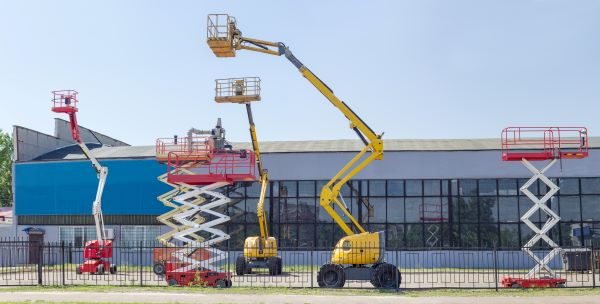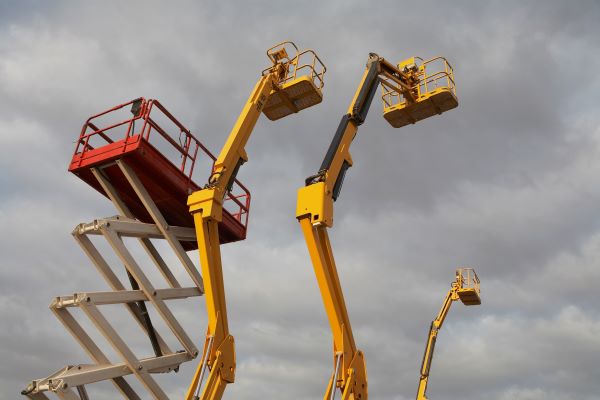Mobile Mechanical System - Aerial Work Platform
Mobile Mechanical System - Aerial Work Platform

High automation, wire-saving, easy maintenance.
China's construction machinery industry is currently in a crucial stage of transition from being a manufacturing giant to a manufacturing powerhouse. Currently, there are over 1,300 vehicle manufacturing enterprises in China, including 171 automotive manufacturers (77 of which are counted as groups), 120 motorcycle manufacturers, over 900 special-purpose vehicle manufacturers, and 135 manufacturers of three-wheeled cars and low-speed trucks. Mobile machinery includes construction machinery, aerial work platforms, sanitation vehicles, agricultural machinery, and more. These can generally be categorized into mechanical control and hydraulic control.To ensure efficient, safe, and stable operation, it is necessary to have controllers that are highly stable, resistant to interference, and capable of fast operation to coordinate the stable operation of various systems. This will meet the demands of different working environments.

Equipment introduction
Aerial work platforms are mainly composed of hydraulic systems such as power take-off, oil pump, foldable working arm, rotation mechanism, central rotary joint, working bucket, lifting hook, and stabilizing legs. There are various types of aerial work platforms, including scissor lift, telescopic boom lift, articulated boom lift, spider lift, and truck-mounted lift.

Topology of the system




